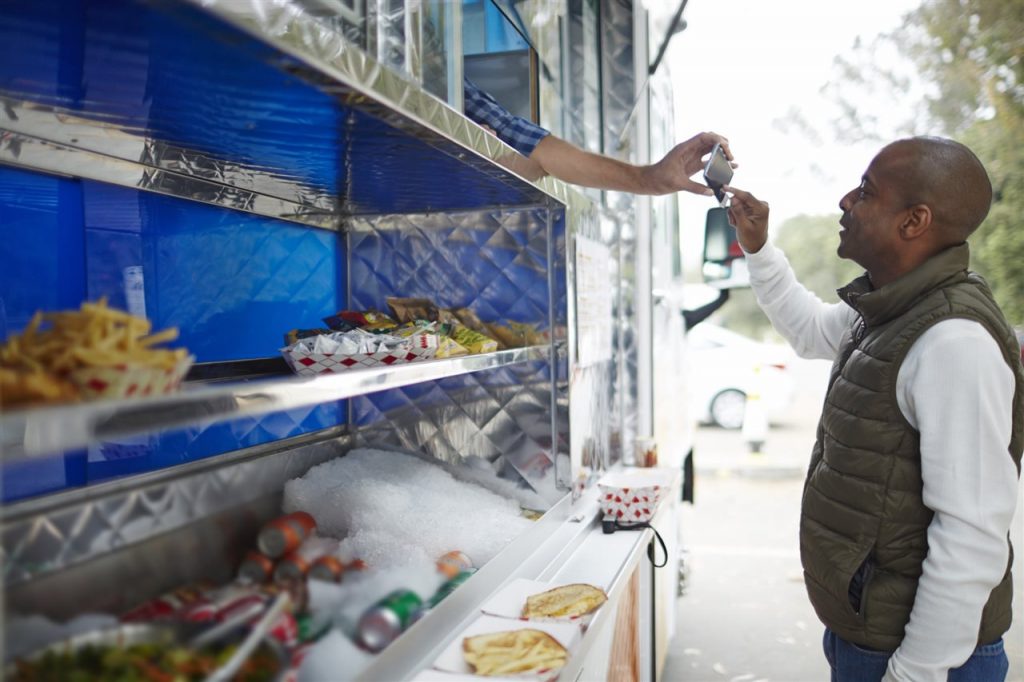(BPT) – The dollar, the euro, the pound, the yen… the currency people use around the world has many different names, but it all shares something in common. Paper forms of currency are out and digital payments are in. The security and convenience of card based electronic payments and digital payments are driving a global shift away from cash. As consumers and merchants around the world become more and more digitally connected this shift will continue to accelerate.
All over the world, the shift toward cashless payments is well underway. On the beaches of Cabo San Lucas, taco and tamale vendors are starting to offer their delicious food to customers with the swipe or tap of a card on a mobile phone. In Singapore, consumers can rent bikes, pay for their morning coffee and split their dinner bill without ever needing cash, and in Warsaw, as cashless payments are becoming increasingly accepted, tourists can start to tap and pay their way around the city without carrying cash.
Changes abroad, changes at home
The United States is seeing similar changes. Cash and checks are on their way out and swiping, dipping, tapping and clicking are filling the void — benefiting consumers and businesses alike.
A recent Cashless Cities study from Visa, set to be released later this year, finds that if businesses in the top 100 U.S. cities transitioned from cash to digital payments, those businesses and their cities would experience net benefits of $312 billion per year. Businesses in New York City alone would net $6.8 billion while saving more than 186 million hours in labor. But the benefits of taking checks and cash out of the system do not stop at labor cost efficiencies. They include:
* Convenience. Consumers and businesses alike benefit from the speed and convenience of electronic and digital payments. Faster checkout times mean more sales for businesses and more time to spend on the important things in life for consumers.
* Security. Accepting cash payments has always placed businesses in a bind; as their revenue increases, so does their risk of falling victim to theft. Transitioning to cashless payment options enhances security and reduces risk for businesses and their customers.
* Reduced costs. Cash payments must be counted, stored and transported. There are costs associated with all of these processes. Adopting cashless payments saves businesses time and money.
Moving forward to take advantage of cashless opportunities
Many businesses across the country are already benefiting from going cashless, but for companies — particularly small businesses that have yet to take the leap — now is the perfect time to make such a change.
Visa is announcing The Visa Cashless Challenge, a call to action for small business restaurants, cafés or food truck owners to describe what cashless means for them, their employees and customers. Visa will be awarding up to $500,000 to 50 eligible U.S.-based small business food service owners who commit to joining the 100 percent cashless quest.
Business owners can learn more about the challenge and the other benefits of going cashless at www.visa.com/cashless.



